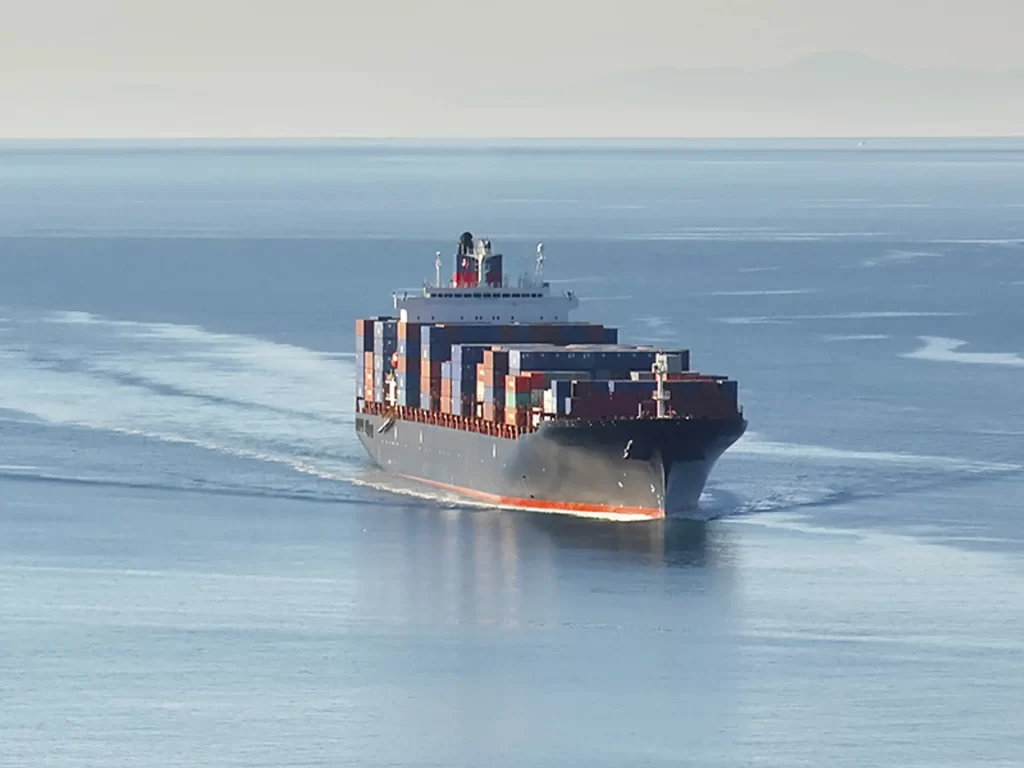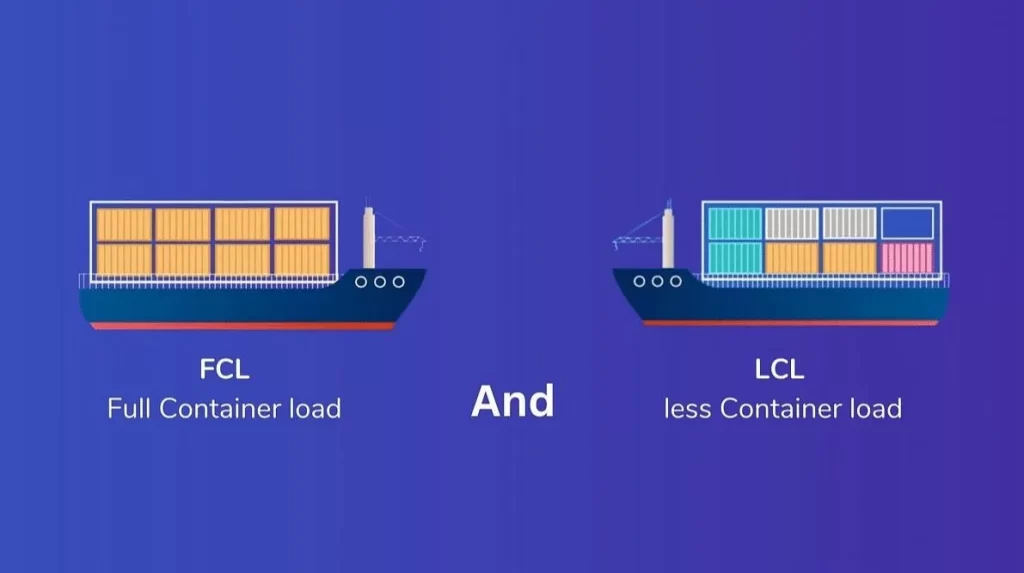- By TOP CHINA FREIGHT
- September 18, 2025
- Shipping
Table of Contents
Importing goods between two of Asia’s largest trade partners requires clarity on the freight rate from China to India. Many importers struggle with fluctuating costs, seasonal delays, and customs complexities. Without the right information, businesses risk overspending on logistics. This guide explains cost structures, shipping methods, and strategies to manage freight effectively, ensuring your supply chain stays profitable and reliable.

What does freight rate from China to India include?
When you request a freight rate from China to India, the quote usually covers:
- Shipping charges (sea, air, rail, or courier)
- Handling fees at origin and destination ports
- Customs clearance fees
- Documentation such as bills of lading or air waybills
- Optional services like insurance, warehousing, or last-mile delivery
However, some charges like import duties and GST are usually excluded. Therefore, importers must account for both freight costs and local charges to calculate the true landed cost.
How do shipping methods affect freight rate from China to India?
The choice of shipping mode plays a major role in determining freight costs and delivery times.
| Shipping Method | Average Cost | Transit Time | Ideal For | Pros | Cons |
|---|---|---|---|---|---|
| Sea Freight (FCL) | $1,200–$2,800 per 20ft container | 18–25 days | Bulk shipments | Lowest per-unit cost | Slower, port delays possible |
| Sea Freight (LCL) | $60–$100 per CBM | 20–28 days | Small cargo | Flexible volume | Higher destination charges |
| Air Freight | $4–$7 per kg | 4–7 days | Urgent goods | Fast, reliable | Expensive |
| Rail Freight | $2,800–$4,500 per container | 12–18 days | Time-sensitive bulk | Balanced cost & speed | Limited to certain routes |
| Express Courier | $6–$12 per kg | 3–5 days | Parcels, samples | Door-to-door, quick | High cost |
Moreover, businesses often mix methods. For example, urgent parts may go by air while bulk orders ship by sea.
Why do freight rates between China and India fluctuate?
As oil prices rise, carriers adjust surcharges.
Chinese New Year and festive seasons in India push rates higher.
Shortages increase costs, especially for FCL shipments.
Delays in ports like Shanghai or Nhava Sheva affect pricing.
Tariffs, import restrictions, or compliance checks influence final costs.
What documents are needed for shipping from China to India?

Proper paperwork ensures customs clearance without penalties.
| Document | Purpose | Issued By |
|---|---|---|
| Commercial Invoice | Declares goods value | Supplier |
| Packing List | Details cargo contents | Supplier |
| Bill of Lading / Air Waybill | Proof of transport | Carrier / Forwarder |
| Certificate of Origin | Confirms origin country | Chamber of Commerce |
| Importer Exporter Code (IEC) | Required for India imports | Importer |
| Insurance Certificate | Covers cargo risks | Insurer |
How much does sea freight from China to India cost?

Sea freight remains the most popular mode for bulk cargo. On average:
- 20ft FCL container: $1,200–$2,800
- 40ft FCL container: $2,400–$4,800
- LCL cargo: $60–$100 per CBM
| Route | 20ft FCL | 40ft FCL | Transit Time |
|---|---|---|---|
| Shanghai → Nhava Sheva | $1,300 | $2,500 | 20–22 days |
| Shenzhen → Chennai | $1,400 | $2,700 | 18–20 days |
| Ningbo → Kolkata | $1,500 | $2,800 | 22–25 days |
Therefore, importers must compare multiple routes and plan ahead to secure better rates.
Should you choose FCL or LCL for shipments to India?

Choosing between Full Container Load (FCL) and Less than Container Load (LCL) depends on cargo size, urgency, and cost efficiency.
| Criteria | FCL | LCL |
|---|---|---|
| Best for | >15 CBM | <15 CBM |
| Cost Efficiency | Lower per CBM | Higher per CBM |
| Transit Speed | Faster | Slower (due to consolidation) |
| Handling Risk | Less (sealed container) | More (shared container) |
For businesses with regular imports, FCL is often cheaper long-term. Small businesses, however, benefit from the flexibility of LCL.
What role does customs clearance play in freight rate?
While freight rates cover transportation, customs clearance adds significant costs. Importers must budget for:
- Basic customs duty (varies by HS code)
- IGST (Integrated GST) on imports
- Anti-dumping duties on certain products
- Customs brokerage fees
For instance, importing electronics requires additional compliance with BIS standards in India. Moreover, incorrect classification under HS codes can increase duties unnecessarily. Thus, expert brokerage support reduces risks.
Case Study: Cutting freight costs through consolidation

A textile importer in Mumbai previously shipped fabric samples separately by air. Costs averaged $6,000 monthly. By consolidating samples with bulk sea freight and switching to LCL shipments, they reduced logistics expenses by 40%. Delivery timelines extended by only 5–6 days, but overall profitability improved.
This demonstrates that analyzing cargo type and adjusting shipment modes can dramatically lower the freight rate from China to India without harming supply chain efficiency.
How can you negotiate better freight rates?
Although base rates are market-driven, importers can still secure savings:
- Book early to avoid seasonal surcharges.
- Work with reliable forwarders who hold volume contracts with carriers.
- Consolidate shipments to maximize container usage.
- Be flexible with routes and schedules, which allows access to discounted slots.
- Request detailed quotations to avoid hidden charges at destination.
Additionally, long-term partnerships with forwarders often result in preferential pricing.
What are the pros and cons of each freight mode to India?
| Mode | Pros | Cons |
|---|---|---|
| Sea Freight | Low cost, large volume capacity | Slow, port delays |
| Air Freight | Fast, reliable for high-value cargo | High cost, weight limits |
| Rail Freight | Balanced speed & cost | Limited connectivity |
| Courier Services | Fast, easy customs | Unsuitable for bulk shipments |
Therefore, the best option depends on balancing urgency, cost, and shipment size.
Conclusion
Understanding the freight rate from China to India is essential for importers seeking predictable costs and smooth delivery. By comparing shipping modes, preparing accurate documents, and negotiating with forwarders, businesses can reduce logistics expenses. Ultimately, planning shipments strategically ensures cost efficiency and supply chain stability.
Need a Shipping Quote?
If you want expert guidance and peace of mind, our team is ready to assist.
TJ China Freight offers tailored solutions to help businesses of all sizes ship more reliably from China.

FAQ
Q1:How often do freight rates from China to India change?
Rates can change weekly depending on fuel costs, carrier capacity, and seasonal demand. Importers should confirm updated quotes before booking shipments.
Q2:Do freight quotes from China to India include insurance?
Usually not. Insurance is optional and must be added separately. Importers handling valuable or fragile goods should always request coverage.
Q3:Which Indian ports are best for importing goods from China?
Nhava Sheva, Chennai, and Kolkata are major entry points. The choice depends on proximity to your final destination and carrier schedules.
Q4:Is air freight worth it for shipments from China to India?
Yes, but only for urgent or high-value goods. While costs are higher, delivery within a week often justifies the expense for time-sensitive products.
Q5:Can small businesses get competitive freight rates?
Yes. Small importers can consolidate shipments through LCL or groupage services offered by freight forwarders to reduce overall costs.
